

Other activities continued in 1982 along side the UNIX developments. Gradually the PERQs that had been purchased were tested and sent out to users.
ICL had a major problem in that they required to get their sales of PERQs up in 1982 world-wide and yet had almost nobody in the company with a detailed knowledge of the PERQ in particular or the field in general. For many of the ICL subsidiaries, whose conventional market place was the commercial customer, it was necessary to get them, as well as the customers, aware of the product.
As a result, ICL approached RAL to see if some time could be spent by RAL staff presenting the PERQ around the world. In return, it was agreed that ICL would give RAL two PERQ systems free. As the staff at RAL had almost no systems of their own and were using the pool systems for development, it was necessary to agree to the ICL request in order to get sufficient systems long term for system development and support.
Presentations were made by Dr R W Witty, Dr K Robinson and myself. The majority of the presentations fell on me. In total, about 30 presentations were made during 1982 in Denmark, Holland, Italy, Germany, Switzerland, UK and Australia. The last involved presentations in Canberra, Adelaide, Sydney, Woolagong, Brisbane and Hobart in a period of 5 days.
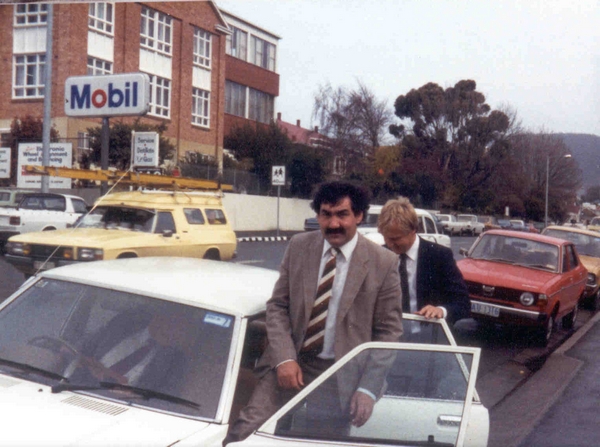
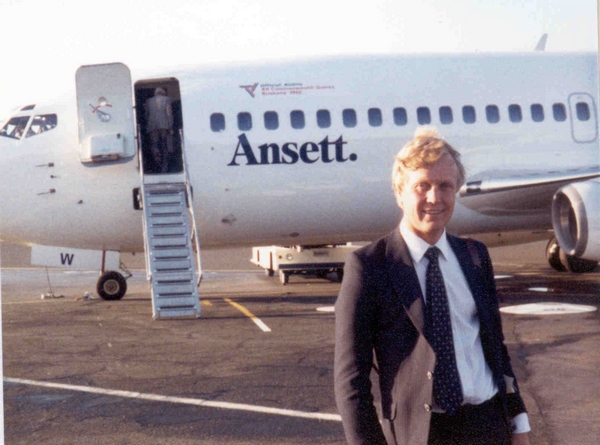
In several cases, the presentations were to ICL's own staff as well as the more normal ones of presentations to prospective customers. In general, RAL provided a technical assessment of the field, together with a description of the software being developed, while ICL provided a marketing pitch.
Two major papers concerned with the PERQ project appeared in IEEE Computer Graphics and Applications [1] and the ICL Technical Journal [2].
PERQ demonstrations continued throughout 1982. Over 100 separate demonstrations were given during the year.
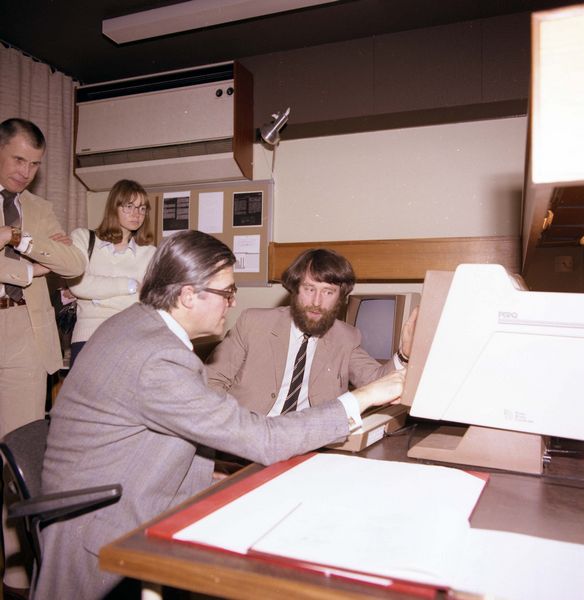
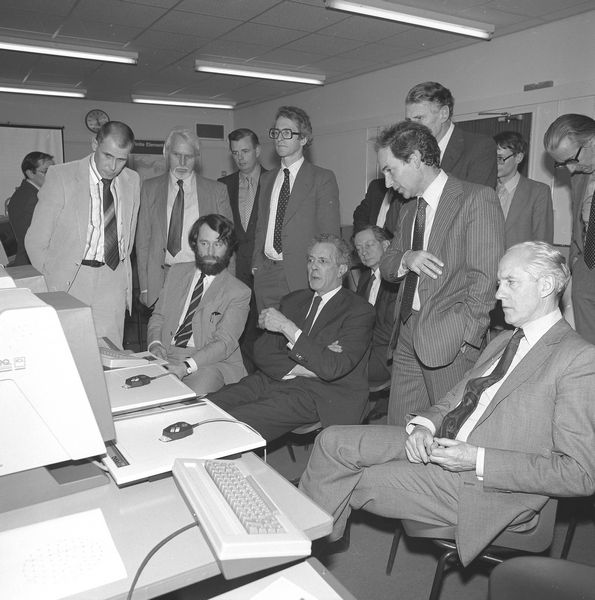
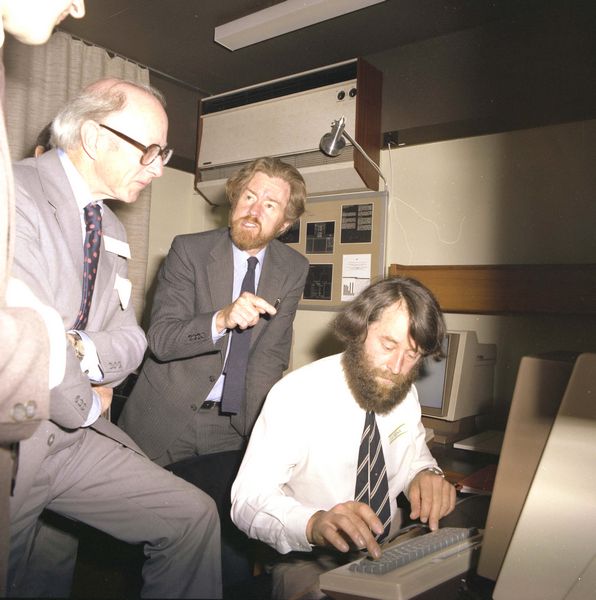
A public announcement to the SERC community was made in the SERC Bulletin in the Spring of 1982. This described the PERQ and defined the Common Base Policy adopted by Council.
At about the same time, individual Boards were informed of the Common Base Strategy in a letter from D McCall of Finance at Swindon on 10 February 1982. It indicated that a detailed instruction concerning what was regarded as a single user system would be issued shortly and, in the meantime, all research grants requesting PERQs or minicomputers should be referred to Rob Witty for technical advice and assessment and to David Leech in the Secretary's Department for Council's policy.
In the Science Board area, the letter went to Dr L C W Hobbis and Mr D K Majumdar (30 copies).
Later, Rob Witty produced a paper for committee secretariats to allow them to spot applications for single user systems on grant applications. Finally, a system was set up whereby when grant applications were sent to the Common Base team at RAL, the price of the equipment proposed was added to the grant so that the complete cost of the grant, including PERQ costs and notional computing costs, could be established.
The PERQ Project was a very high profile one. The October 1981 launch by ICL at SCICOB made it clear that this was a major plank in ICL's rebuilding programme. The subsequent announcement of collaboration with SERC meant that most of the Autumn was spent in deflecting the press from obtaining commercially confidential information. The PERQ Project team had strict instructions not to talk to the press and none of the statements in the press during 1981/2 can be attributed to them.
The Press were interested in any gossip available and a number of SERC officials with incomplete understanding of the situation made irresponsible public announcements which did the project no good.
The news that the PERQ UNIX implementation was late made major headlines in the UK computer press, particularly Datalink. In March, Datalink ran a major article indicating that ICL were delivering systems in France (running POS) while in the UK scientists were being deprived of their PERQs due to RAL not sending systems out until UNIX was available. It made it clear that SERC had a stockpile of over 80 PERQs which were not being used. By the end of February, only 45 systems had been delivered and it had been agreed with ICL that we would upgrade them to 0.5 Mbyte systems before sending out. Consequently, the story had little fact in it but it caused resentment in the user population waiting for PERQs.
Some parts of the user community were also providing the press and public bodies with factually inaccurate information. In March 1982, an organisation producing basic software for the PERQ project was making statements that SERC's decision to standardise on the PERQ was thought to be disastrous. The lack of software support was the initial problem. By the time adequate software was available there would be many better and more powerful machines on the market all with adequate software.
The major publications involved were Datalink, and New Scientist. The latter included quotes from Science Board researchers which were incorrect either due to incorrect information being provided or out of a need to sensationalise information provided to them.
An attempt to give New Scientist the correct facts resulted in a completely erroneous account appearing at the end of December implying a level of incompetence which was grossly unfair to the people involved and based on a complete distortion of the facts. As a result, Bob Hopgood wrote to New Scientist in January 1983 indicating that as far as he was concerned, New Scientist should be grouped with the other unreliable parts of the UK computer press.
An attempt to recover the situation in mid 1983 was made by giving a commercially confidential complete history of the project to New Scientist on condition that the final article would need clearance from ICL and RAL. After two drafts of irresponsible distortions, the project was abandoned.